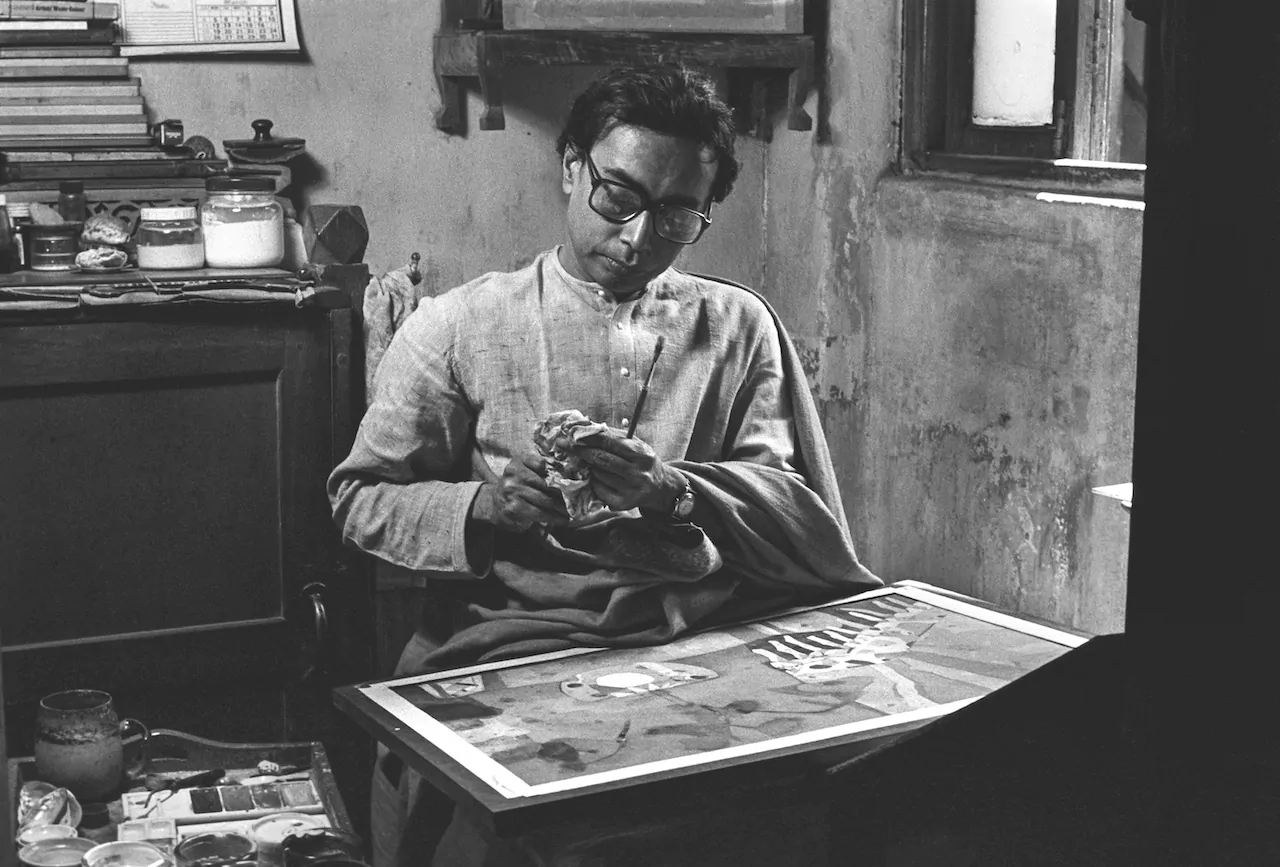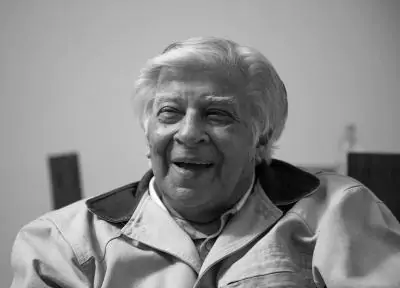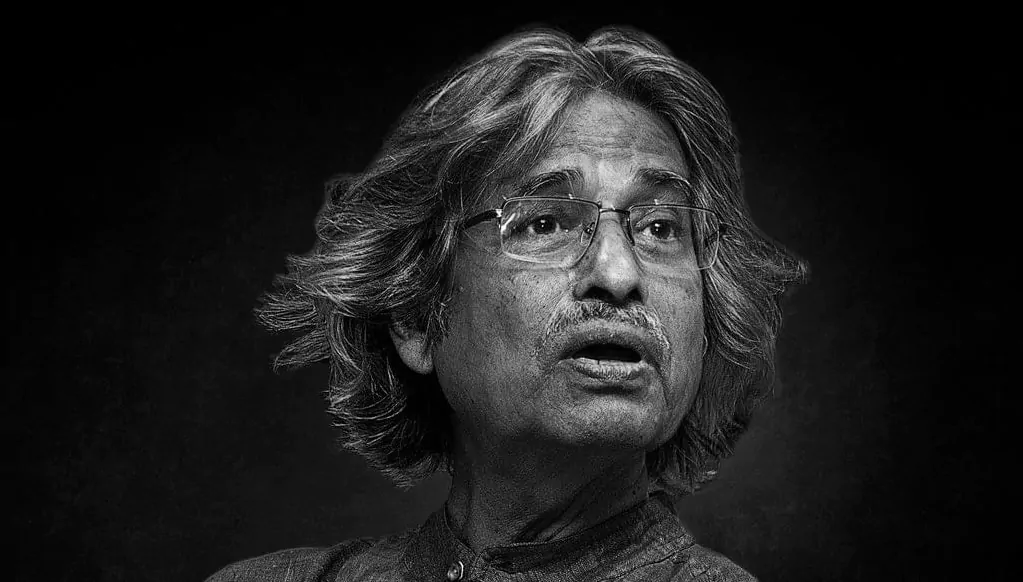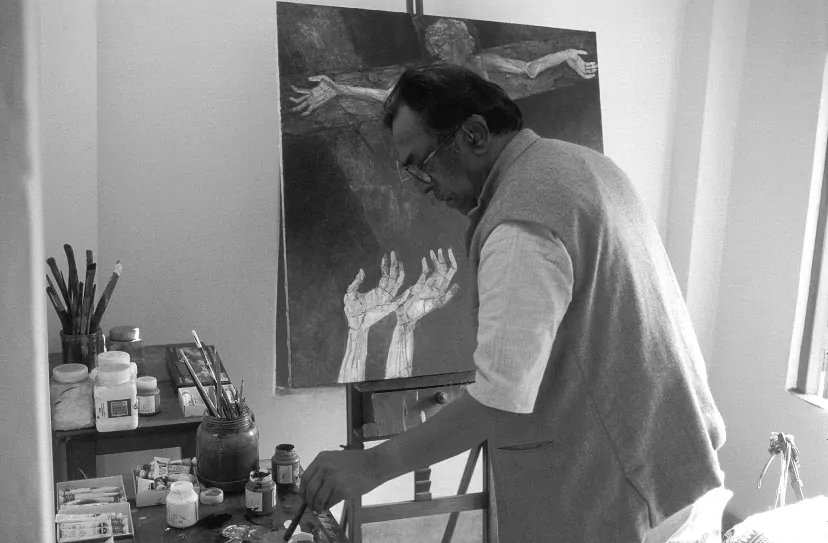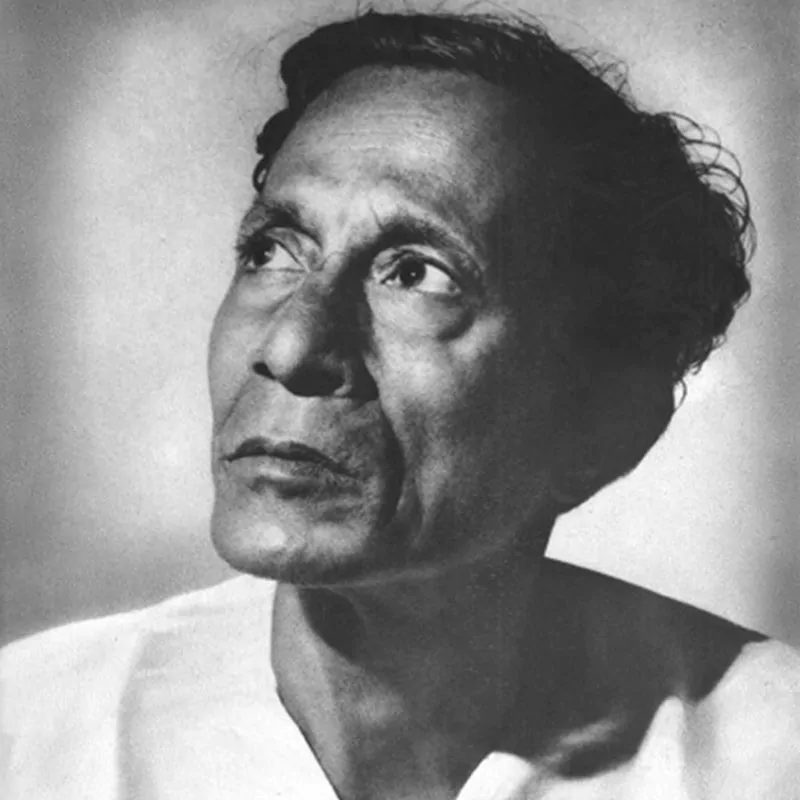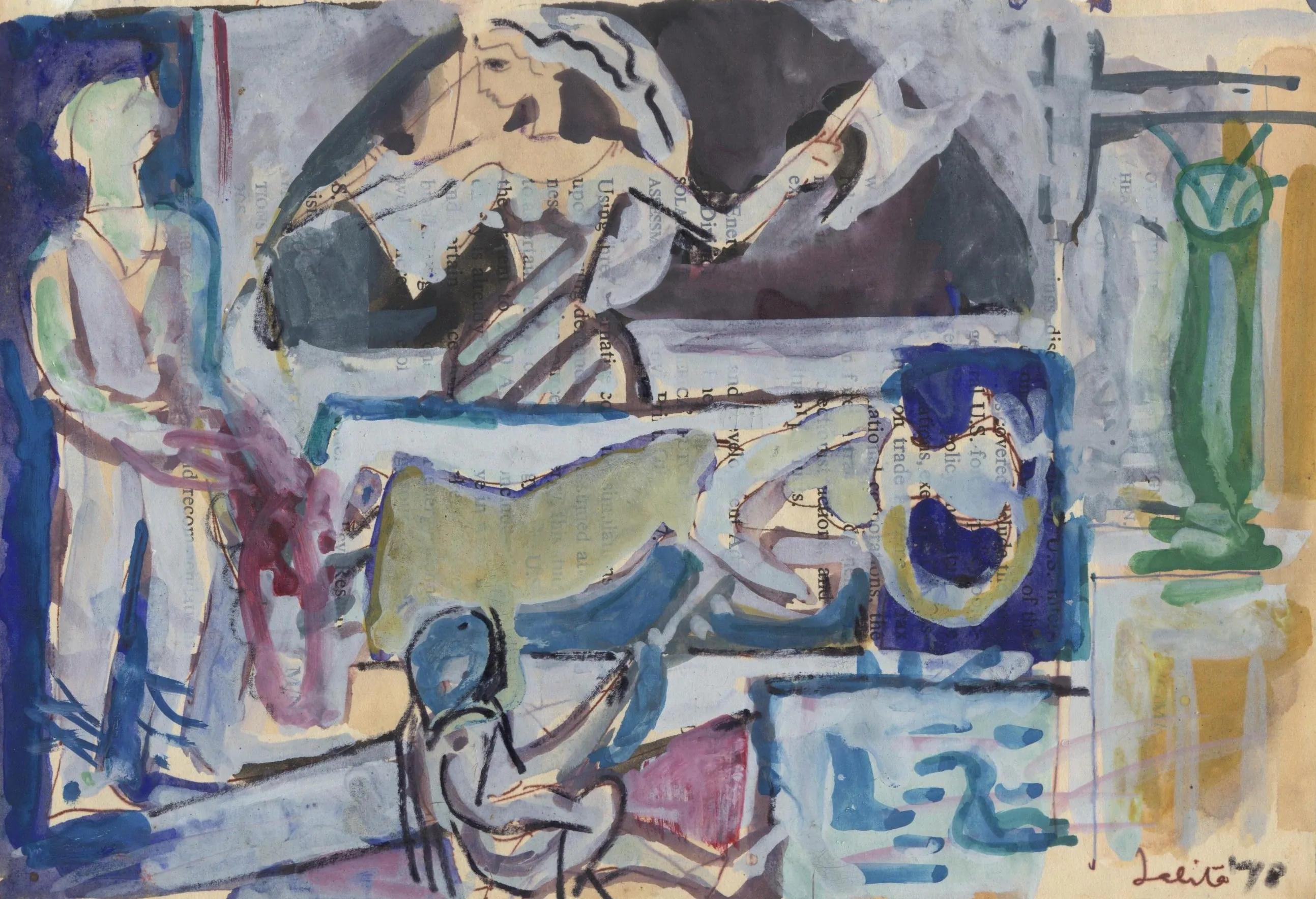Mapping Terrains: The Art of Ganesh Haloi.
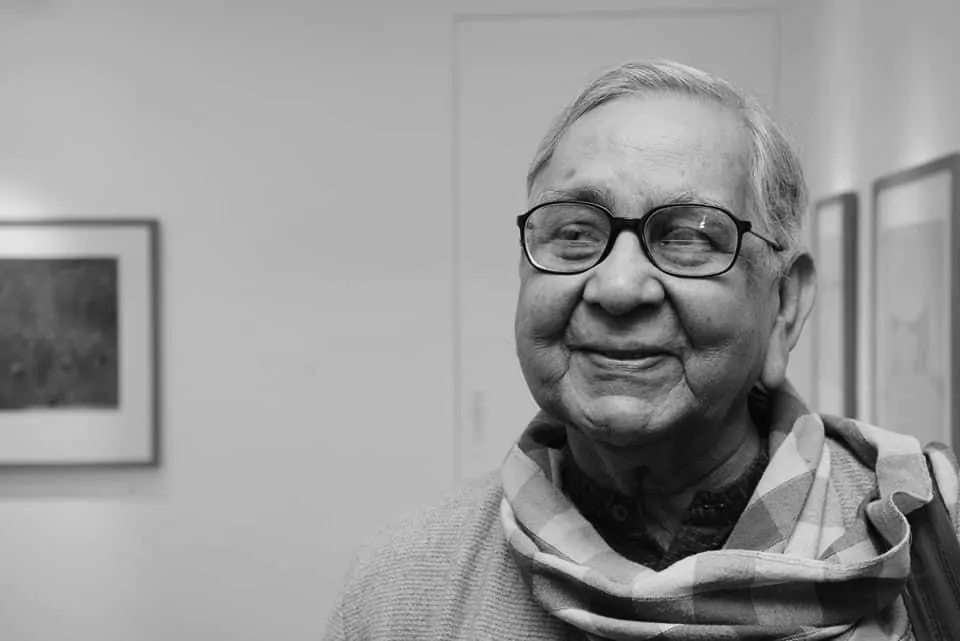
Common parlance among lovers of paintings and painters tend to divide works into the two broad classes and genres of ‘figurative’ and ‘abstract’. More universal and comprehensive are the terms ‘representative’ and ‘non-representative’. They point at basic approaches, namely an approach that assumes a world outside itself, which it seeks to recreate and another where the art seeks to create a self-sustained world of its own. What this division conceals, and even distorts or puts out of perspective, is the fact that what makes a painting a work of art both transcends and embraces the duality of the division. A painting, needless to say, stands out for us in the first place as a work of art demanding response and contemplation. This is not because of the category it belongs to- ‘figurative’ or ‘abstract’ or ‘non-representational’-or any other set of categories one might think of, but because of a presence it has a painting. This is perhaps a truism, but we do tend to forget that painterly distinction and merit are beyond categories and are to be found across them.
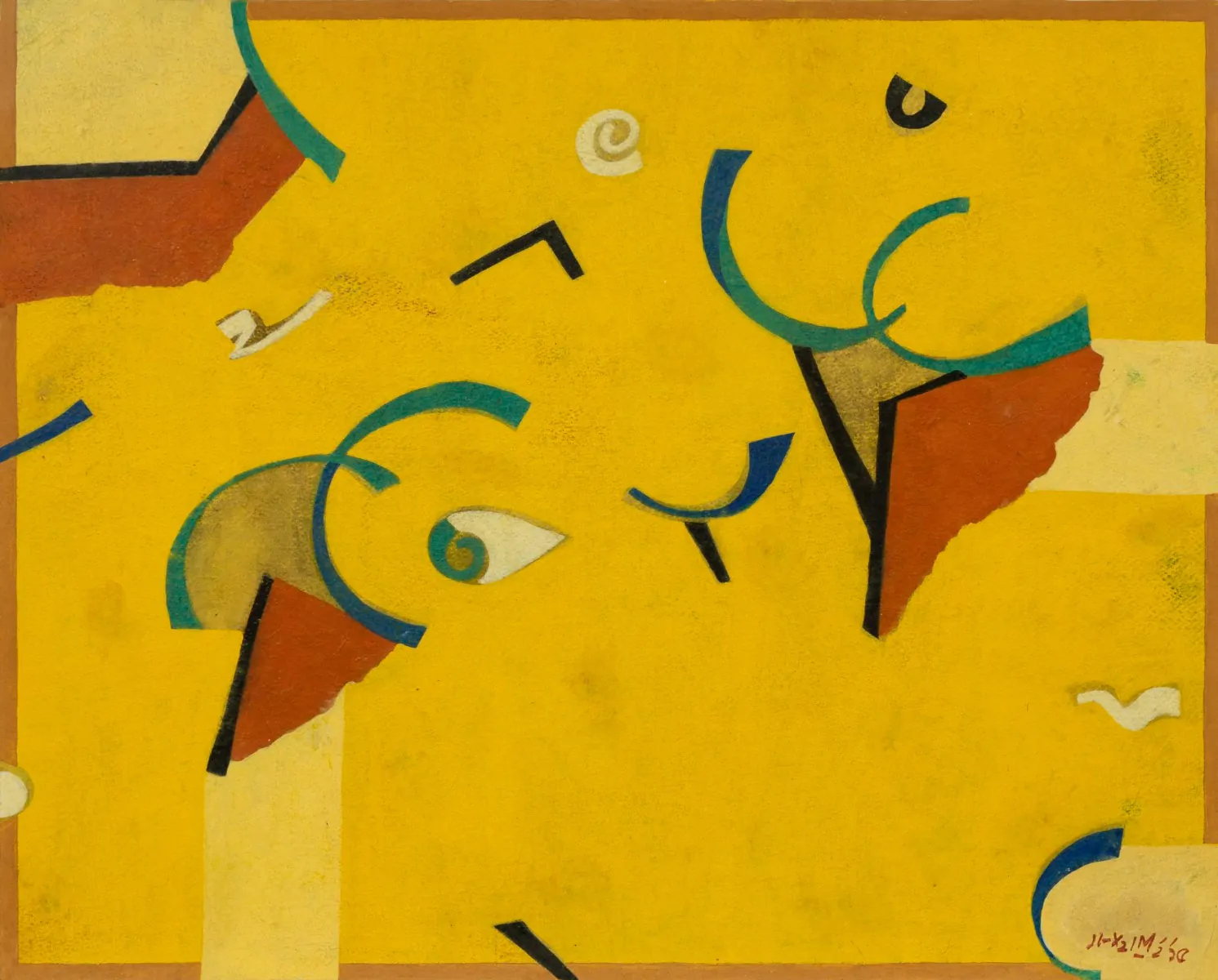
Ganesh Haloi was born in 1936 and lost his father at the age of nine. And within two years, came the calamity of Partition, which uprooted him from his hometown, Jamalpur, in Mymensingh district and reduced him to a flotsam for over a year on this side of the border, drifting between refugee camps. In 1951, when he was a first year student at the Government College of Art and Craft, Calcutta his address was platform 12, Howrah Station.After completing his education at the art college Haloi joined the Archaeological Survey of India as resident artist and documented the cave paintings of Ajanta between 1957-1963. After his stint at Ajanta,he joined his Alma Mater and taught at the Government College of Art and Crafts,Calcutta from 1963-1993. It was a learning process for himself as he slowly began to arrive at an individual style,which he could claim to be his own. His long association with the Ajanta murals influenced him profoundly and since 1971 his work started showing a comparable lyricism.
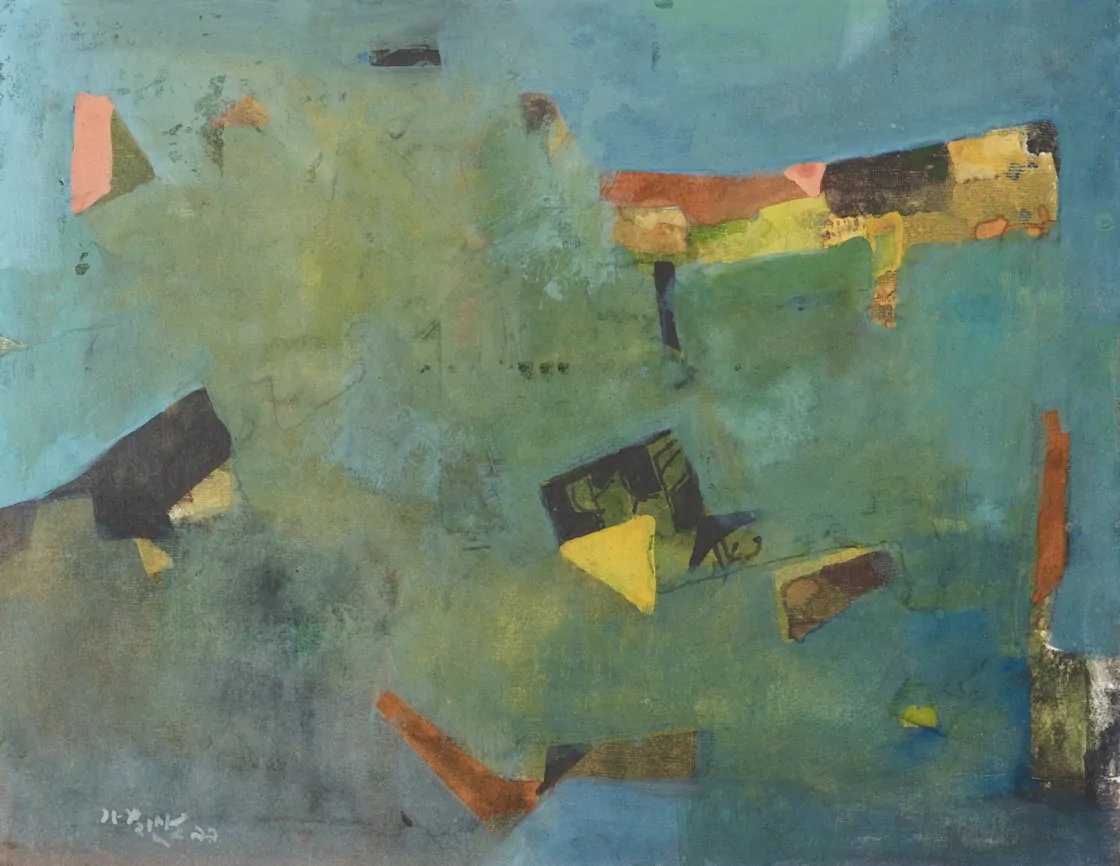
The life of privation and struggle has however no bearings upon his art. The agony of bare existence has never been stronger for him than his agony of life in art. Haloi, has been painstakingly in pursuit of an artistic idiom that adequately transforms his personally perceived spaces of existence into visual spaces in art. Nature has been the mainstay of this perception, formed quite early in life when he was still in his native East Bengal. It was closely linked with his growing awareness of all the forms of existential spaces that stretch spiritually and physically, both as fluid and solid reality, into and away from his subjectivity. Later in life his art added a third dimension to that awareness. Art endowed him with a means to trace the contours of those pictorial structures strike one as abstract like those of music since they are built not entirely on the visual impressions obtained exclusively from the solid reality of nature but on the fluid imprints they leave on his senses and sensibility. His quest in art has always been to achieve a complete and harmonious fusion of the two with himself as the nodal point.
He conjures up the nature space in the void of white or softly stained paper by lending it emotional structures and contours in tidy, sometimes decorative arrangements of multi-hued colour patches in diverse semi-geometric shapes. In none of them is there any regular nature-scape but no viewer misses in the most abstract of his images a subtext of spaces inwardly interlinking natural and pictorial forms. This is because nature’s shapes, forms and colours in all their sensuous and spiritual dimensions are deeply, rather subliminally, ingrained in Haloi’s sensibility that shaped quite early in his life in the open spaces under the blue sky, in the endless stretches of paddy fields and in the vast expanses of water bodies in riverine East Bengal. There are no clear boundaries between spaces of nature and spaces of life. Ganesh Haloi does not overwhelm, he charms, and it takes a while to enter into his complex, well-bred magic. Though a man with a very individual and imaginatively self-sustaining insight, his mind and sensibility reveal the erudite cultivation and aesthetic of the Bengal School.
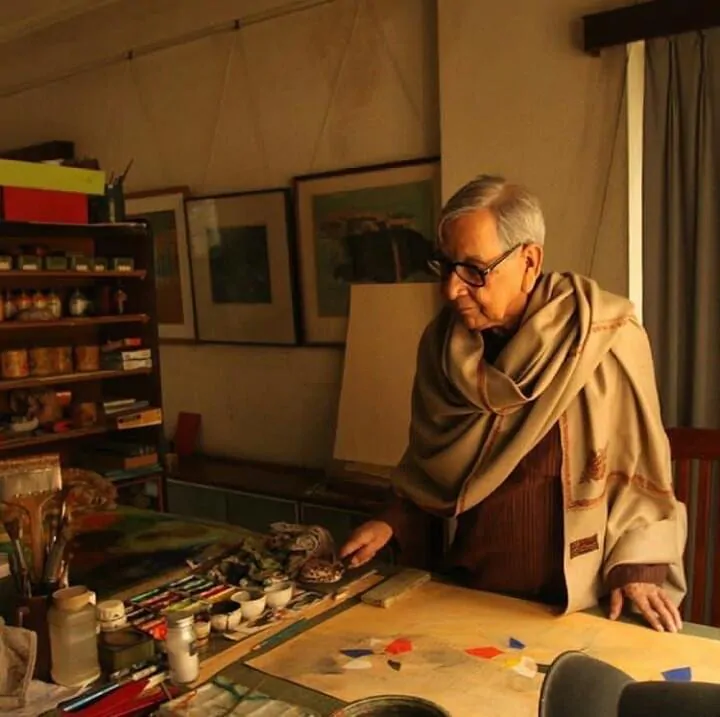
The artist in his studio.
Employing gouache, watercolour and occasionally tempera, Haloi’s work balance atmosphere and incident, opaqueness and transparency, form and formlessness. His compositions seem to coalesce and come apart simultaneously, as if caught in a moment of flux. Haloi’s experience at Ajanta may have been more influential on his deep sense of the integration of support and image. In many of his works, support is symbolically expressed through the presence of an implicit grid, often accented with a stream of diagonal lines. His paintings connect with cartographies of remembrance in jagged lines and colour fields that appear textured by sequential moves of human migration and the transformation of rural to urban landscape. For Ganesh Haloi, the landscape is not a realistic transcription of the seen, but rather is an energetic palimpsest: part-land, part-map, part-manuscript written over with directions and playful gestures. He transforms the landscape into an occasion for contemplating the play of the transient against eternity. Dots, dashes and lines became cryptic signs for trees, water and green fields.
- Vinayak Pasricha.




